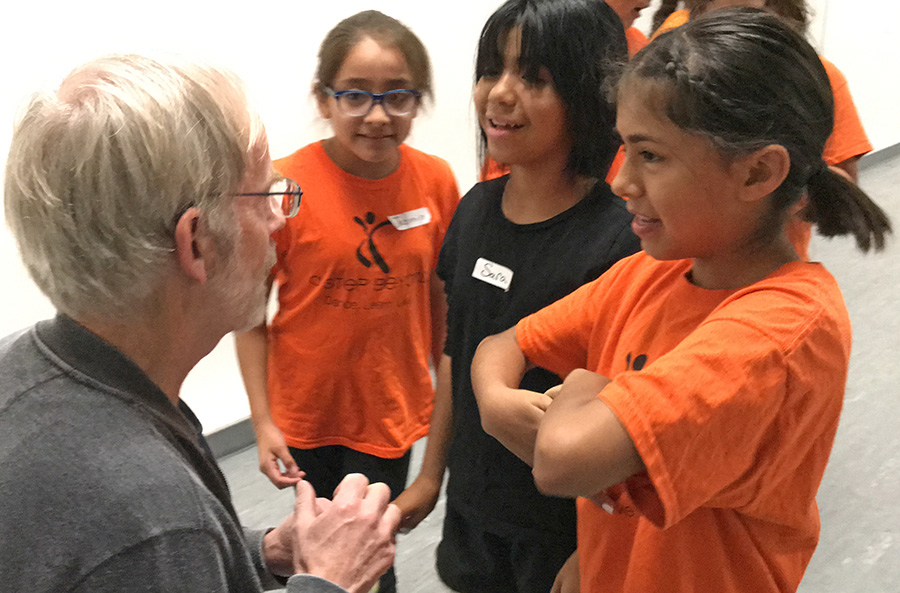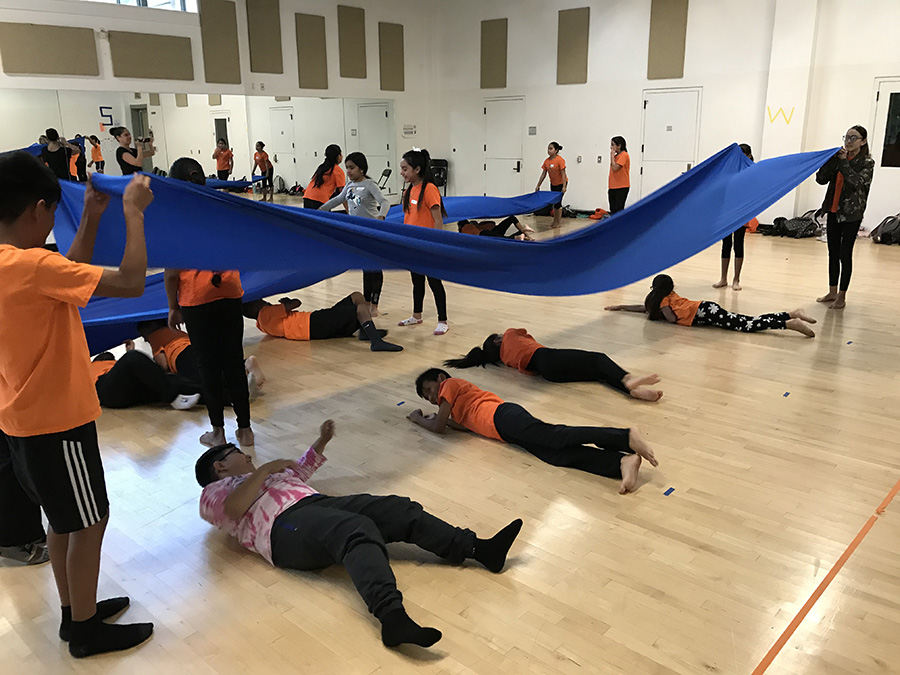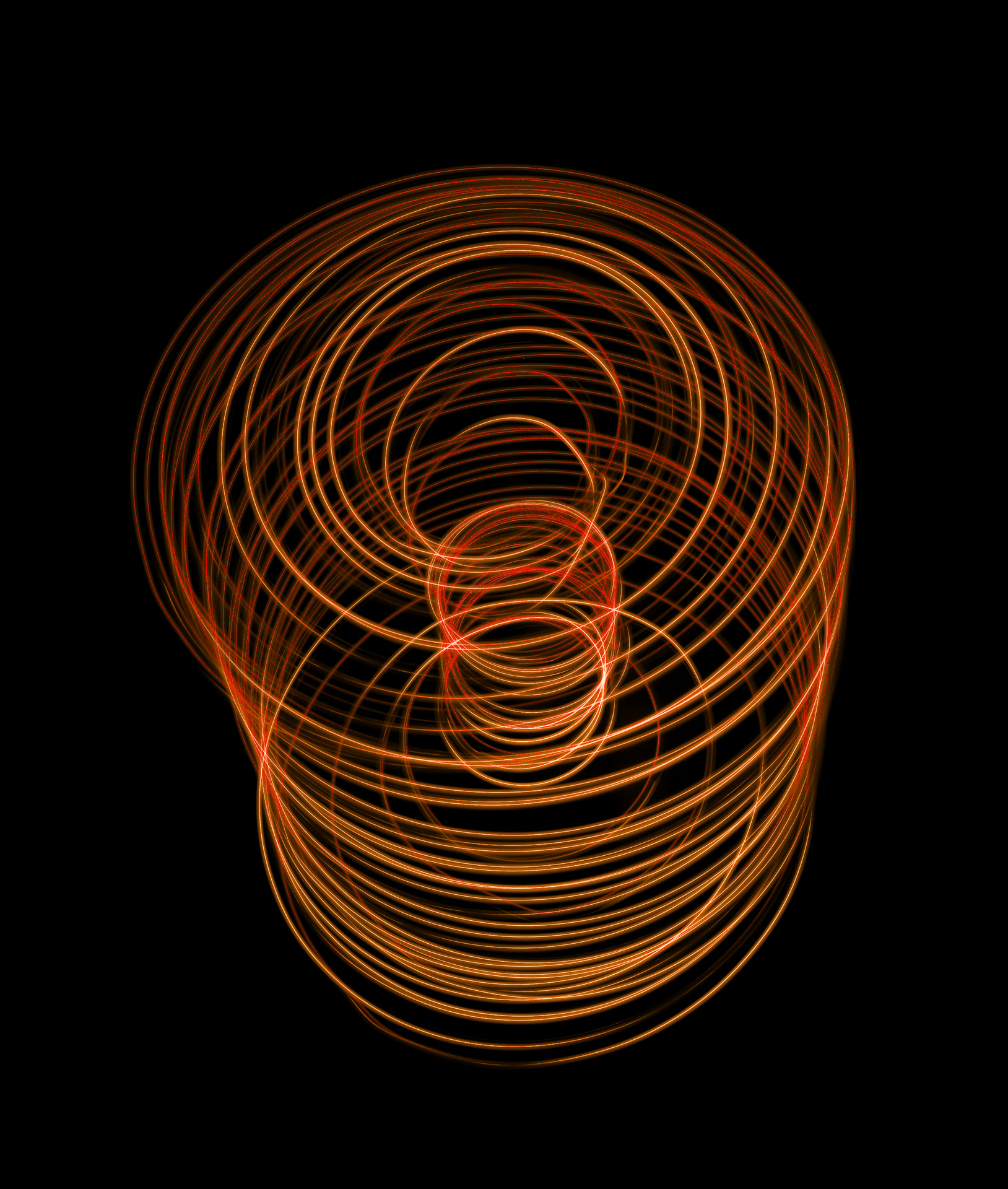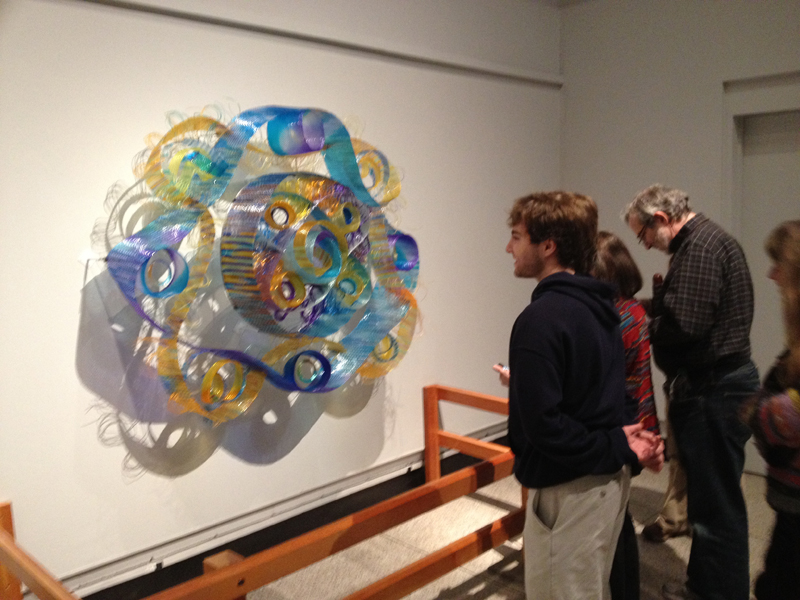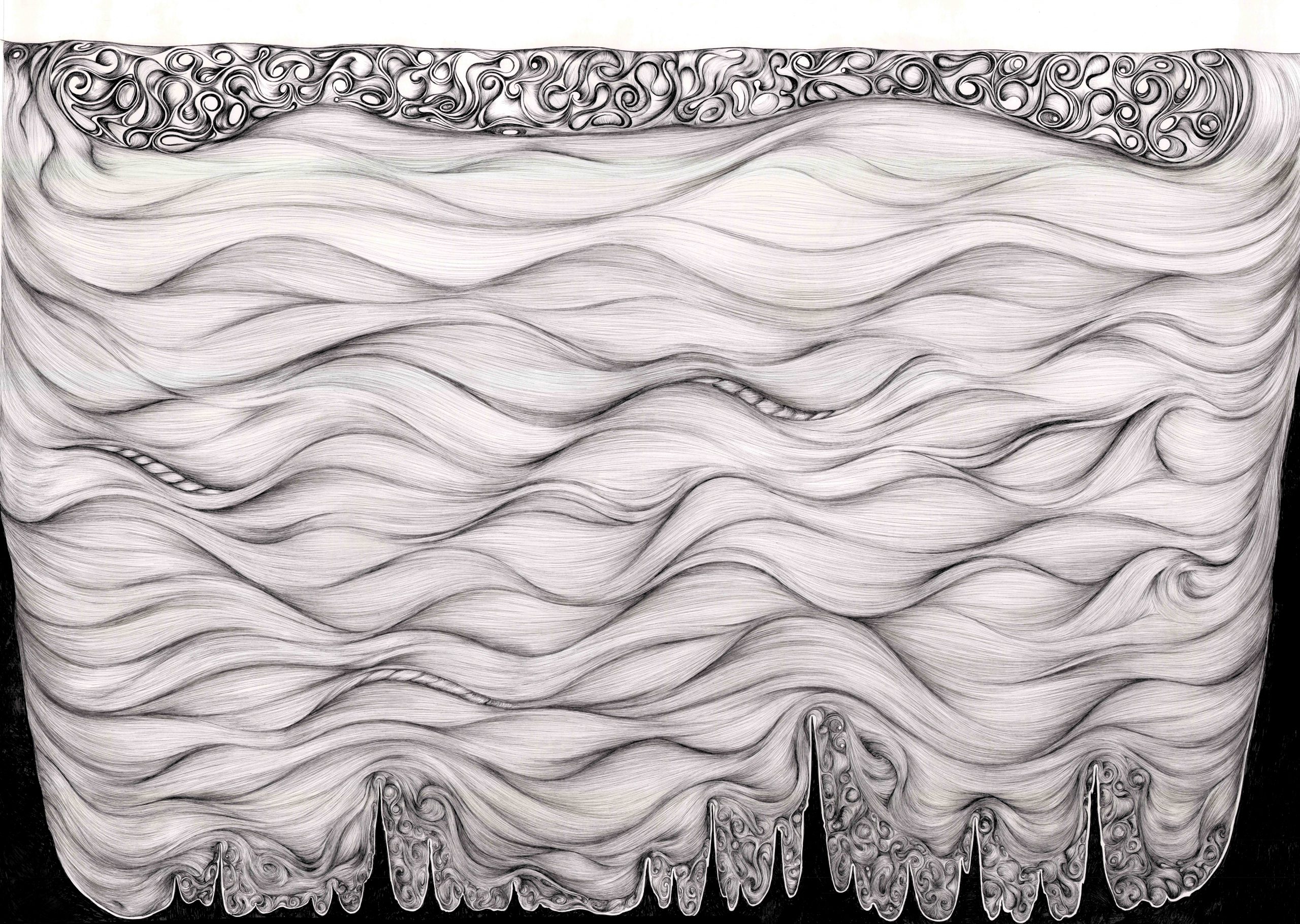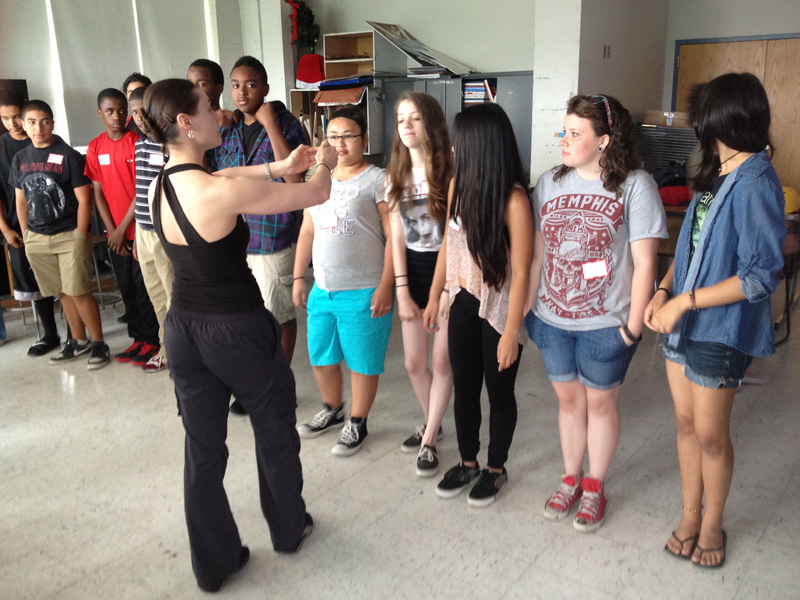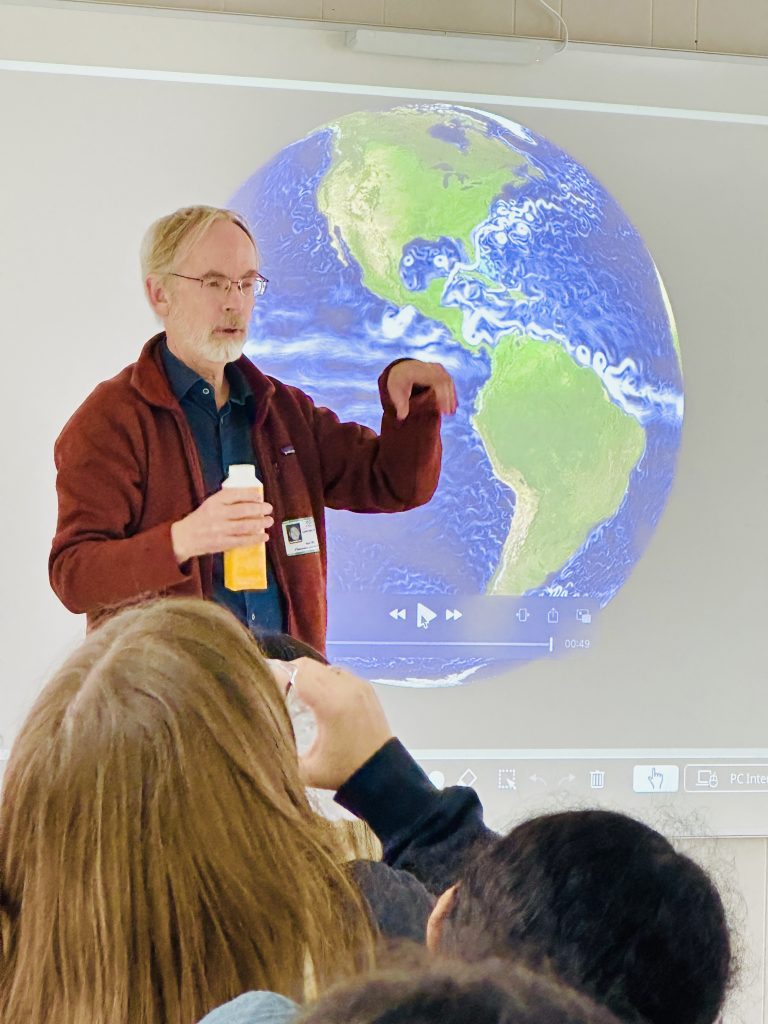Art, Science and Outreach
Science Outreach through Dance
Waves, tides, turbulent eddies, meandering ocean currents and other ocean motions reminds me of movement and dynamics of dance. I see this overlap as a great opportunity for communication with audiences outside of science and also motivation for the creation of new art. I have enjoyed many projects with choreographers interested in the ocean environment, including “Hoverdive” with Courtney Peix and her company Contrapose Dance, NYC Choreographer Jody Sperling’s creations for her company Time Lapse Dance, “La Mer” with Boston Ballet, and “SURGE” with Jessie Jean Stinnett and her company Boston Dance Theater.
Teaching on the Dance/Ocean Science interface
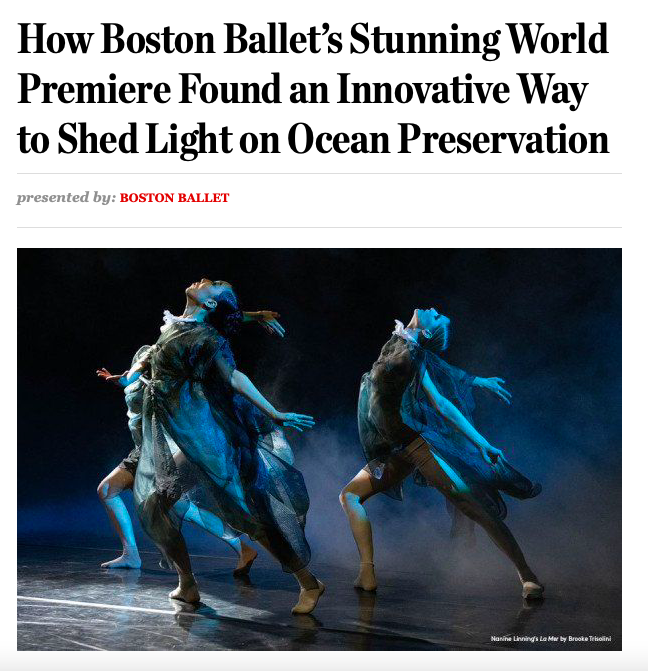
Boston Magazine article on La Mer

BB Artistic Directory Mikko Nissinen, Choreographer Nanine Linning, and my colleague Dr. Claudia Cenedese in her lab at WHOI

WHOI Scientists Sarah Daas, Kirsten Meyer-Kaiser and Beckett Colson on our visit to Boston Ballet.
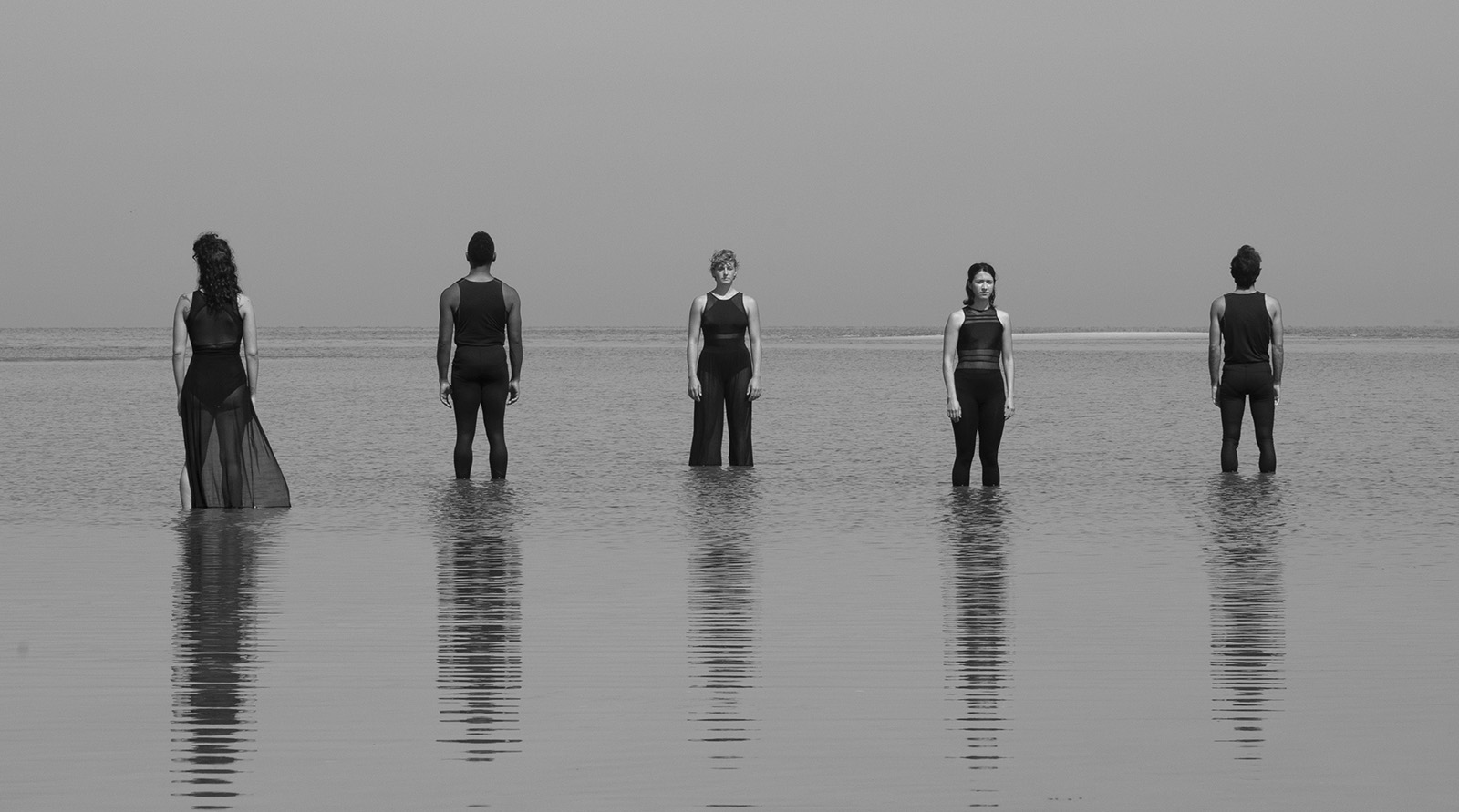
Jessie Jean Stinnett’s Boston Dance Theater during filming of a dance video for SURGE, a project on sea level rise. (L. Pratt photo, 2020)

Boston Dance Theater members Henoch Spinola and Olivia Coombs during filming at the WHOI David Cr. Laboratory. (L. Pratt photo, 2024)
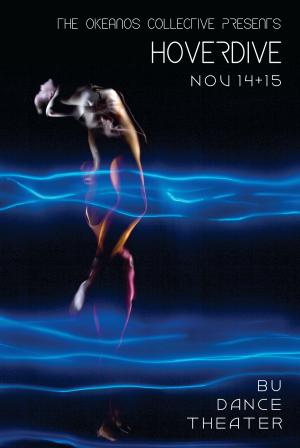
Poster for the Hoverdive Performance.
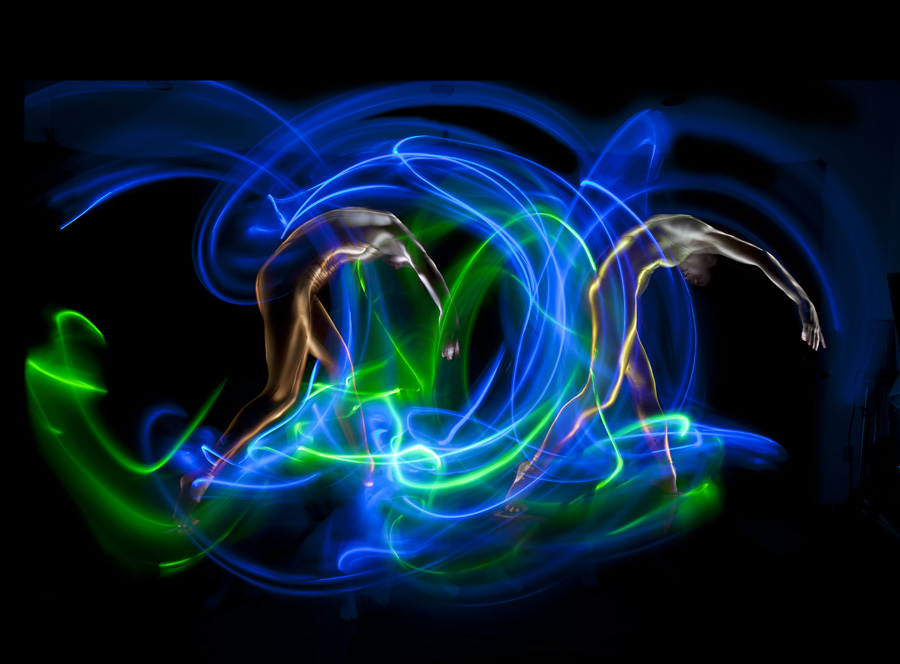
Dancers Molly Schwartz and Maggie Foster from HoverDive.
(L. Pratt photo)
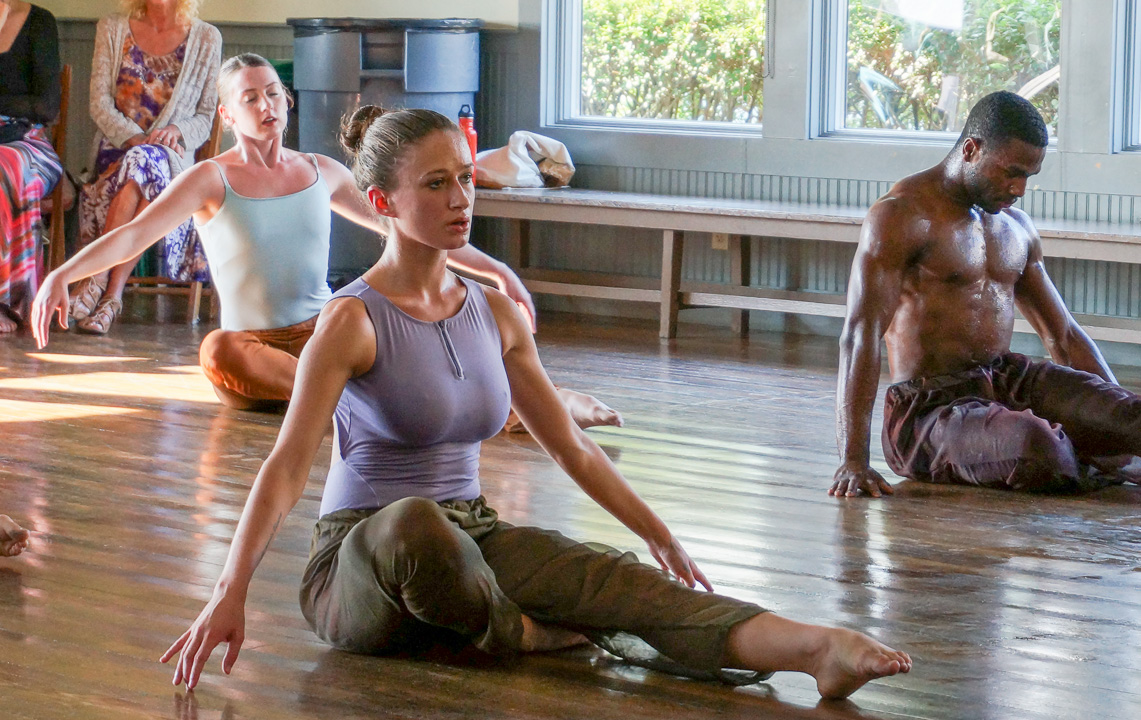
Dancers Maggie Foster, Nina Brindamour and Tony Tucker in Woods Hole. (Rebecca Forrester photo)
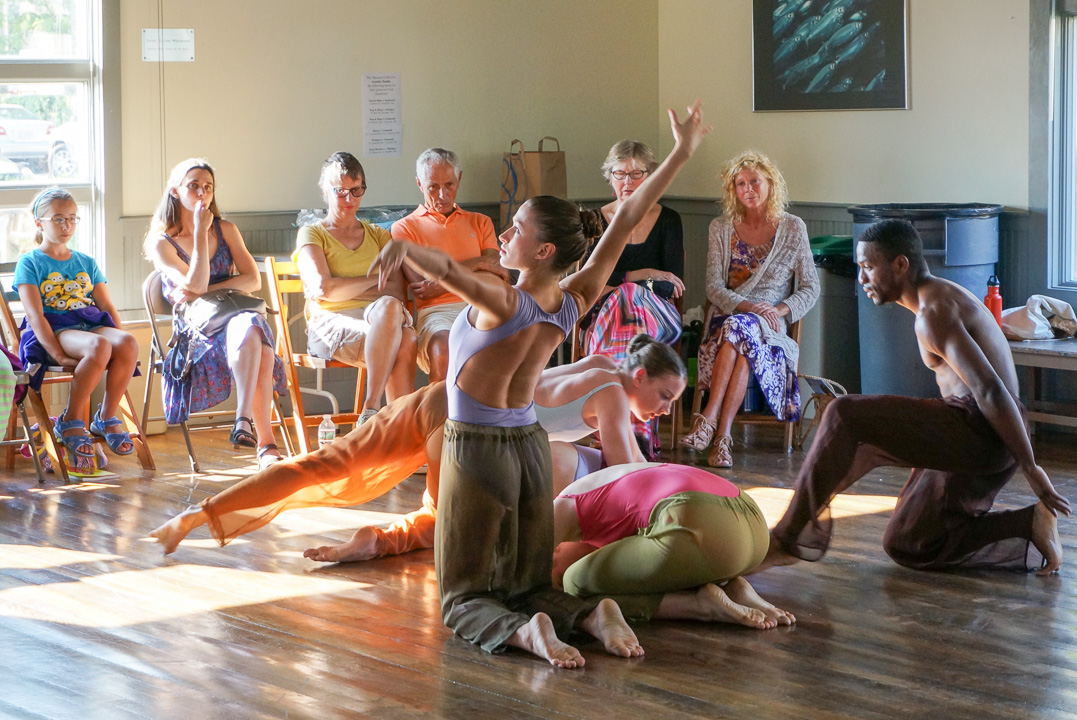
Workshop and performance in Woods Hole, July 2014. (Rebecca Forrester photo)
Science and Visual Art
Many contemporary artists are making work about the environment and are seeking connections with scientists. The Synergy project has connected WHOI scientists and artists from the Art League of Rhode Island and led to exhibitions at the Boston Museum of Science and a number of regional art museums. My work with artists Anastasia Azure and Ellen Beigert has to the creation of interesting sculptures, drawings and photos that abstract various elements of ocean circulation, including internal waves, chaotic fluid pathways, and turbulence.
Using Art/Science To Reach Young Audiences
Art can be used to introduce scientific topics that some young people find to be intimidating, boring, or not relevant to their lives. This process is particularly effective when the scientific concepts and the artistic practice are presented together. One example is the second law of thermodynamics, which we all experience every second of our lives, but which can be opaque when taught in a classroom. I have been lucky enough to be able collaborate with teachers at Boston Conservatory, The Pleasanton, TX, Junior High School, A Step Beyond in Escondido (CA), MIT, and the Boston Arts Academy in exploring this approach.
